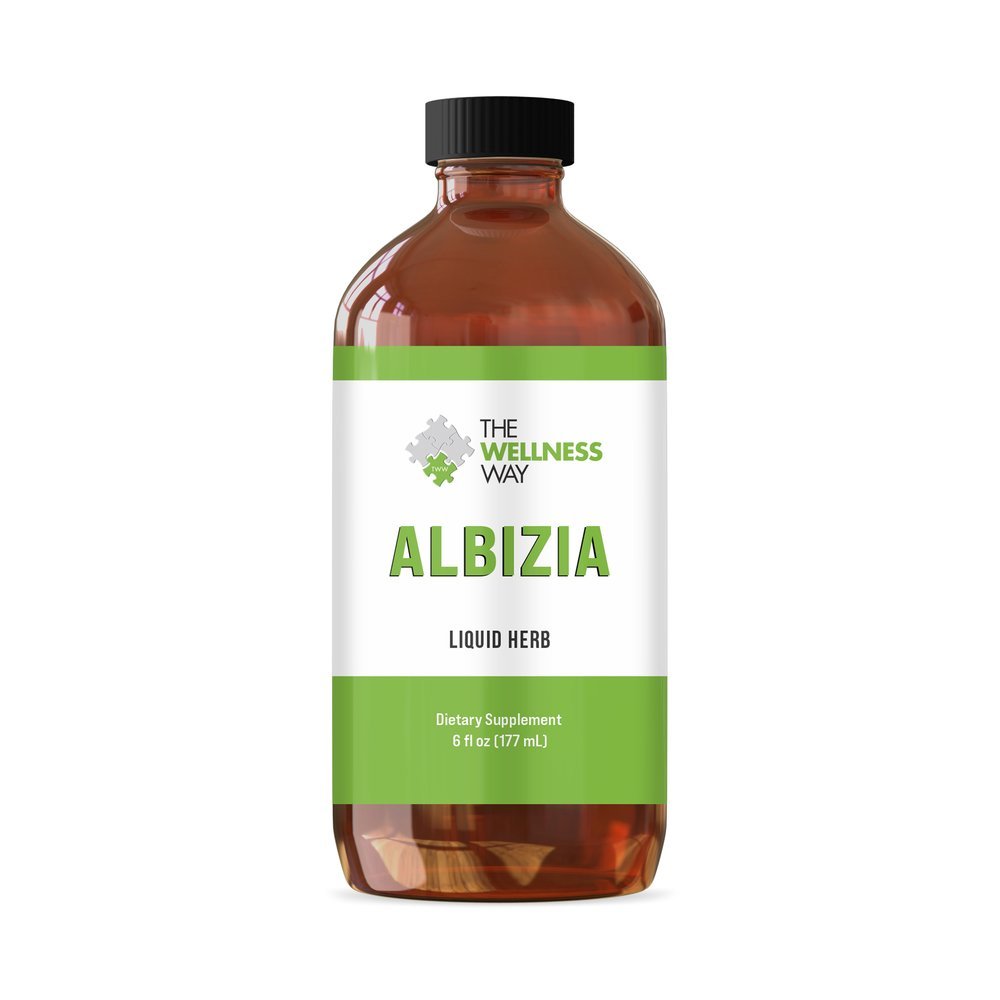 Image 1 of 1
Image 1 of 1


Albizia (Liquid Herb)
Albizia (Albizia lebbeck) is a medicinal plant that’s been used for centuries in the traditional medicines of India and Southeast Asia. It’s a deciduous tree with brownish-gray bark that can grow up to 19 meters high. The primary traditional uses include respiratory ailments, skin disorders, digestive disorders, and gum inflammation. However, it was also used for snake bites, parasites, scorpion stings, and more.
Albizia contains high concentrations of various phytochemicals, including flavonoids (geraldone, luteolin, and isookanin), saponins (albiziasaponins), and terpenoids. While all parts of the plant can be used medicinally, the bark is the most used, followed by leaves, flowers, seeds, and roots. Albizia extract can be applied topically or taken internally.
Albizia has been shown in scientific studies to:
Albizia (Albizia lebbeck) is a medicinal plant that’s been used for centuries in the traditional medicines of India and Southeast Asia. It’s a deciduous tree with brownish-gray bark that can grow up to 19 meters high. The primary traditional uses include respiratory ailments, skin disorders, digestive disorders, and gum inflammation. However, it was also used for snake bites, parasites, scorpion stings, and more.
Albizia contains high concentrations of various phytochemicals, including flavonoids (geraldone, luteolin, and isookanin), saponins (albiziasaponins), and terpenoids. While all parts of the plant can be used medicinally, the bark is the most used, followed by leaves, flowers, seeds, and roots. Albizia extract can be applied topically or taken internally.
Albizia has been shown in scientific studies to:

